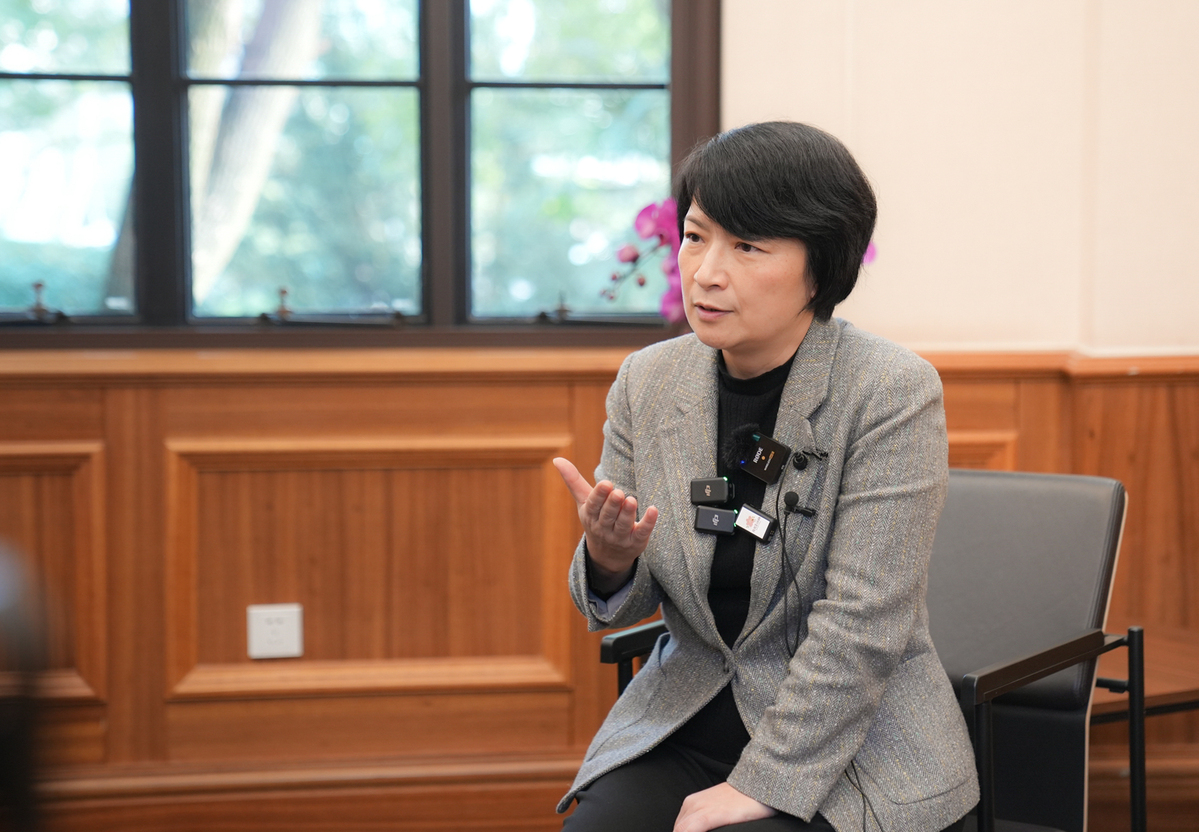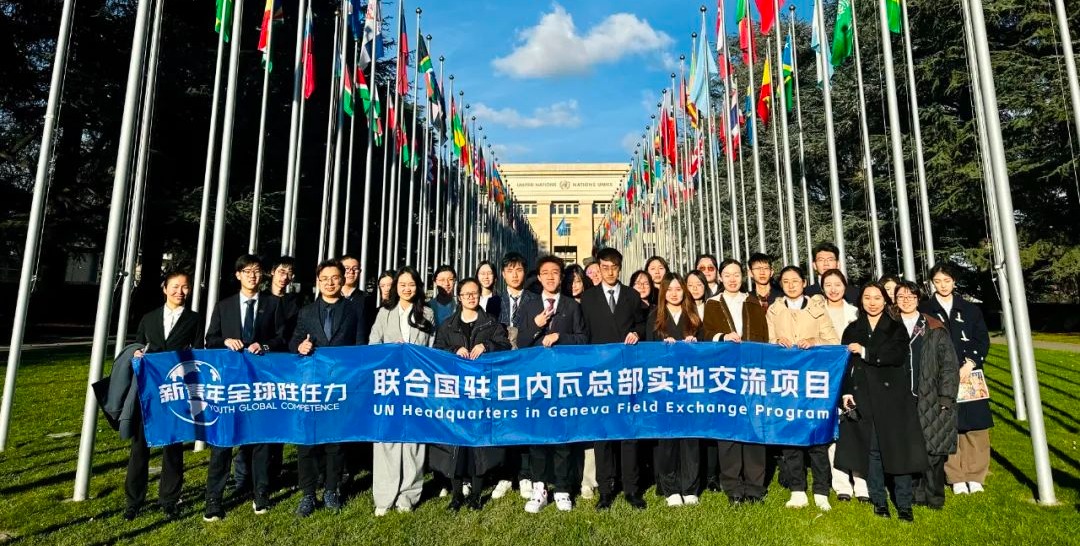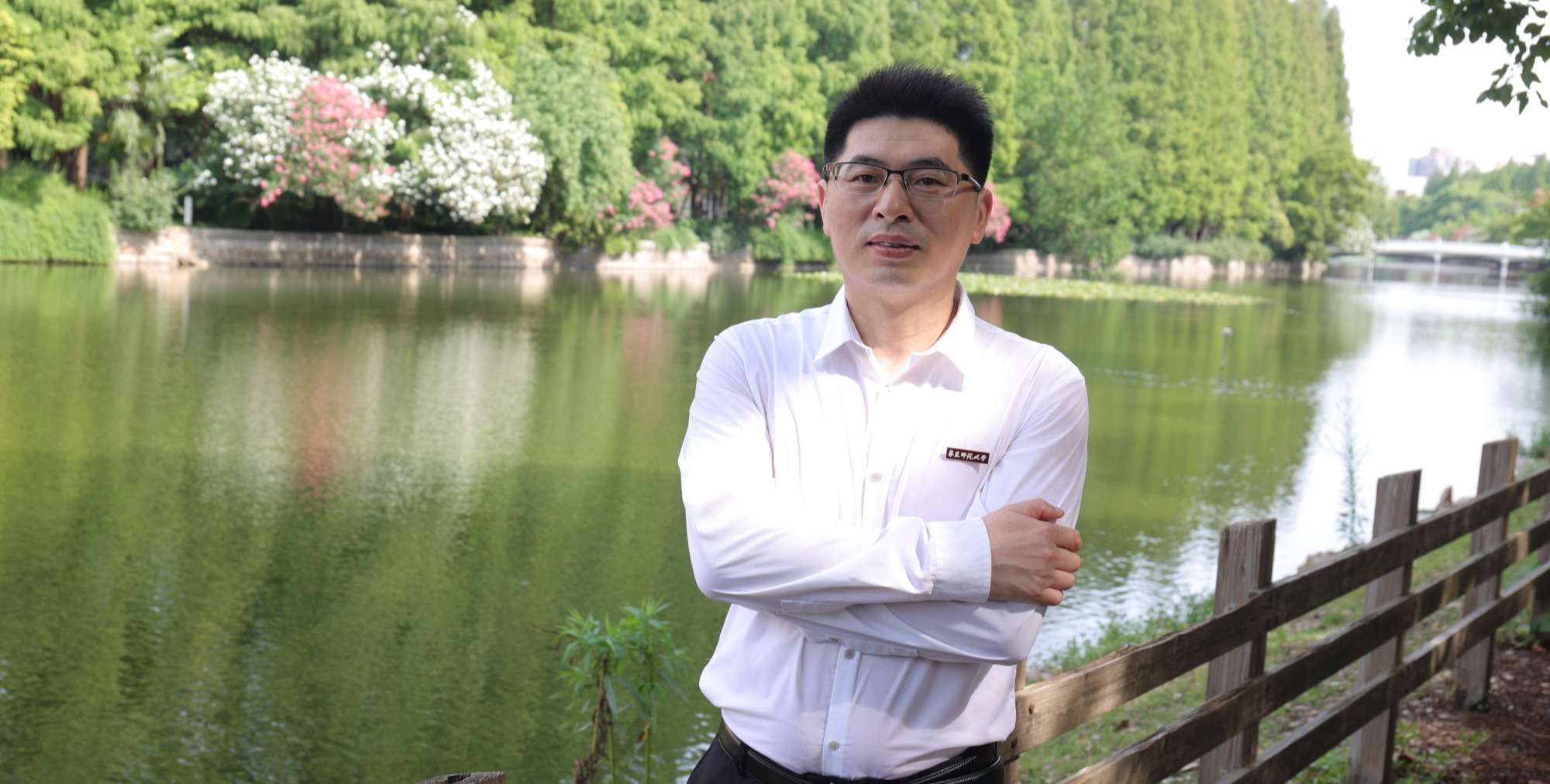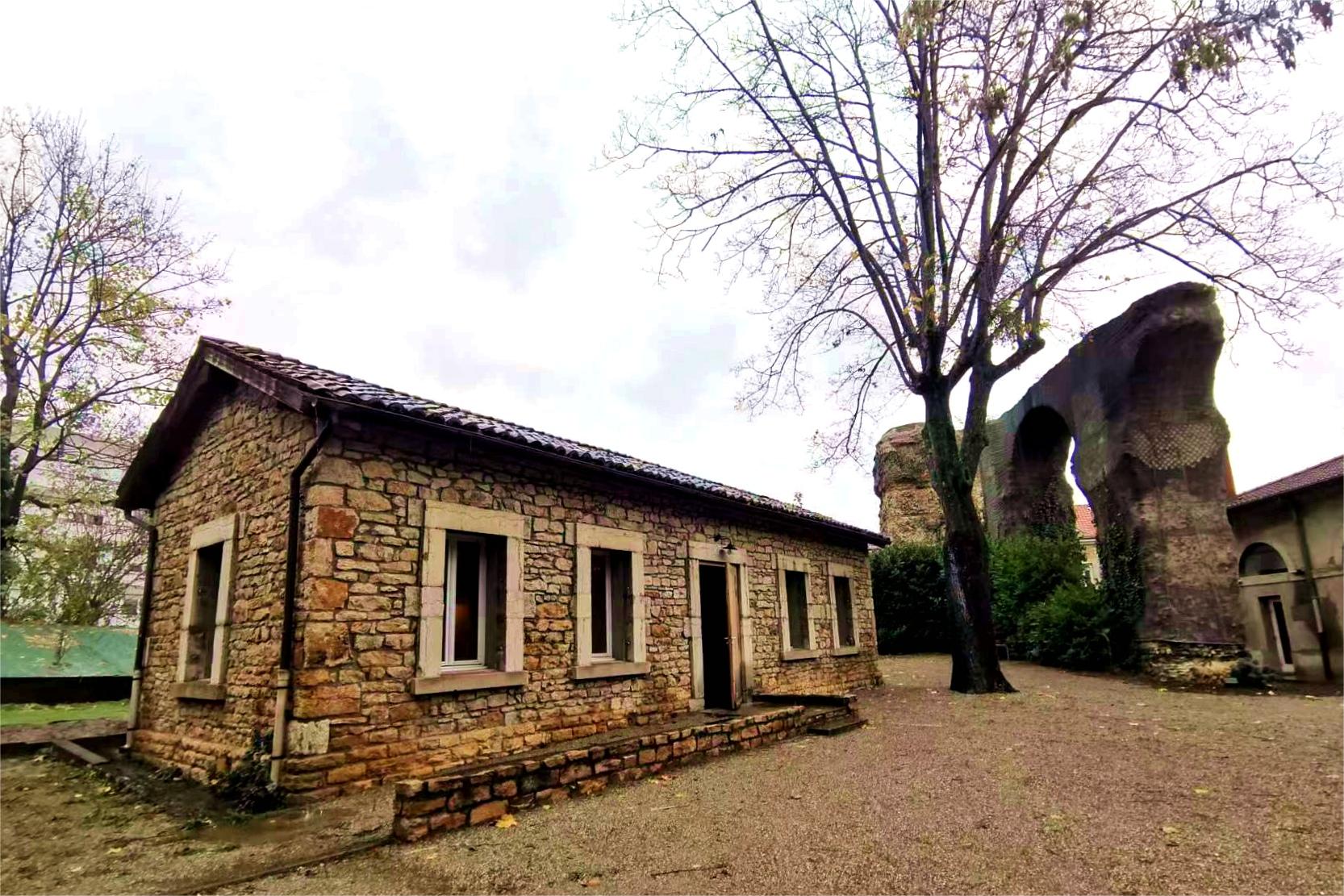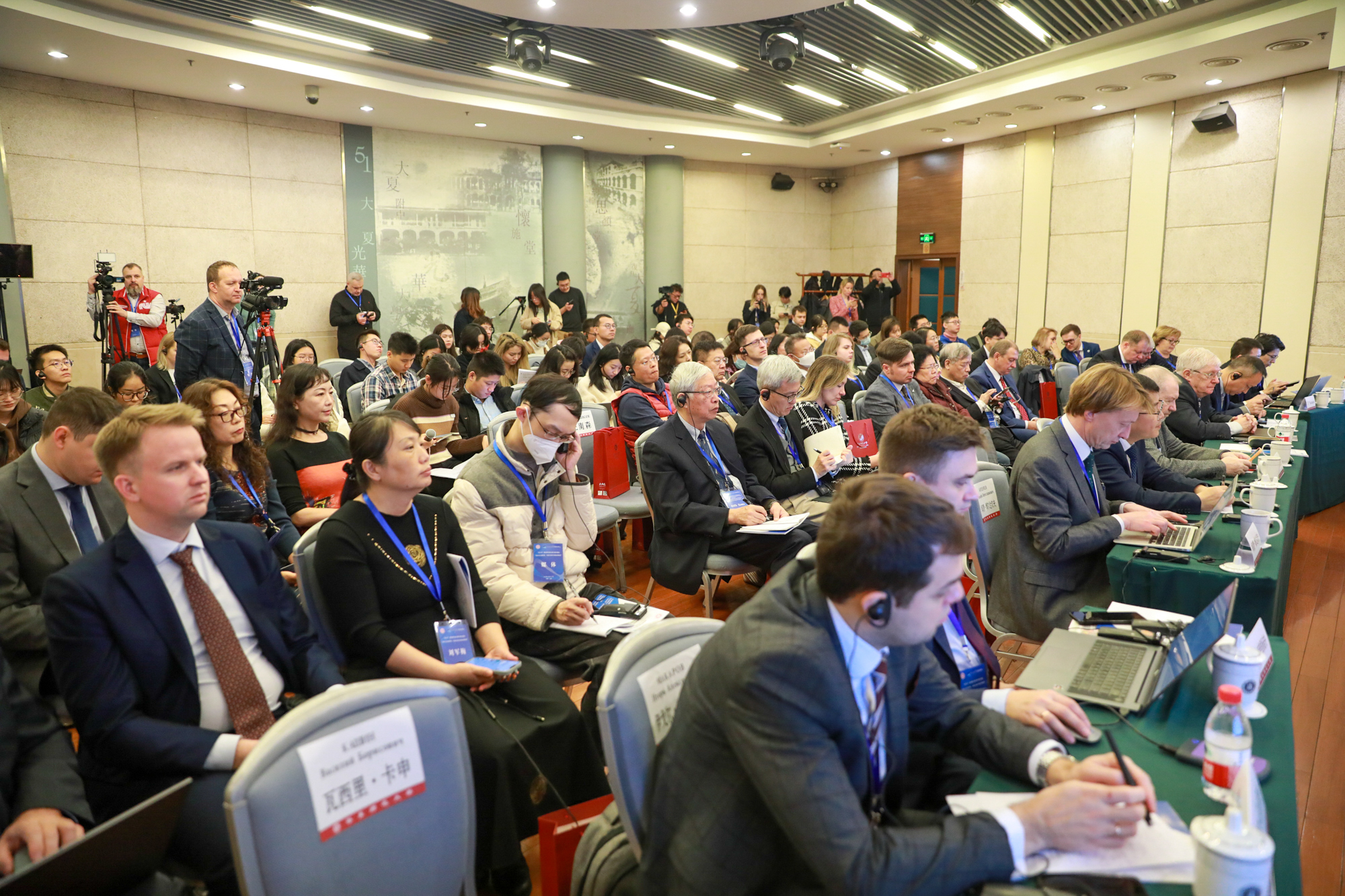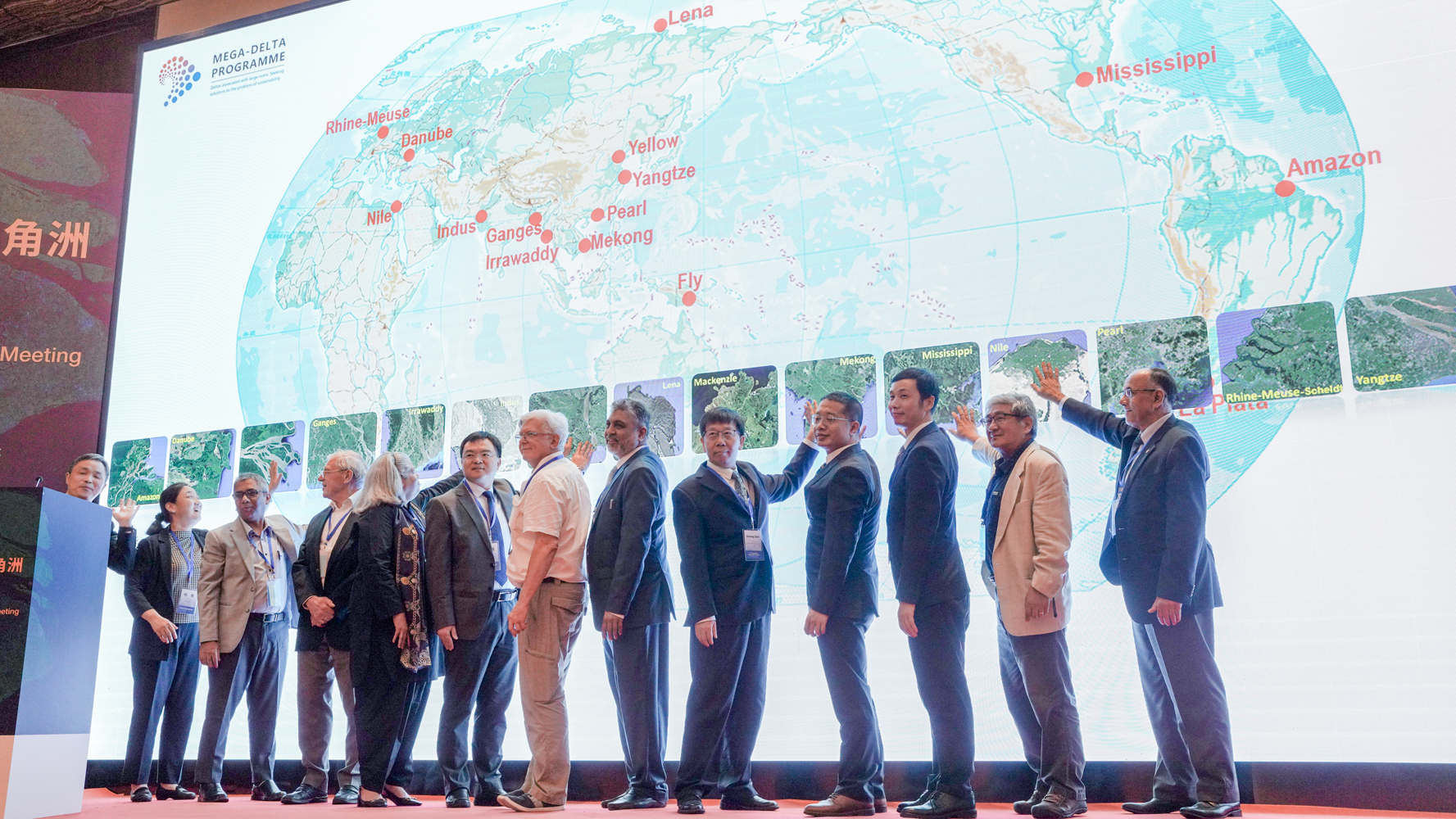# Hot Search #
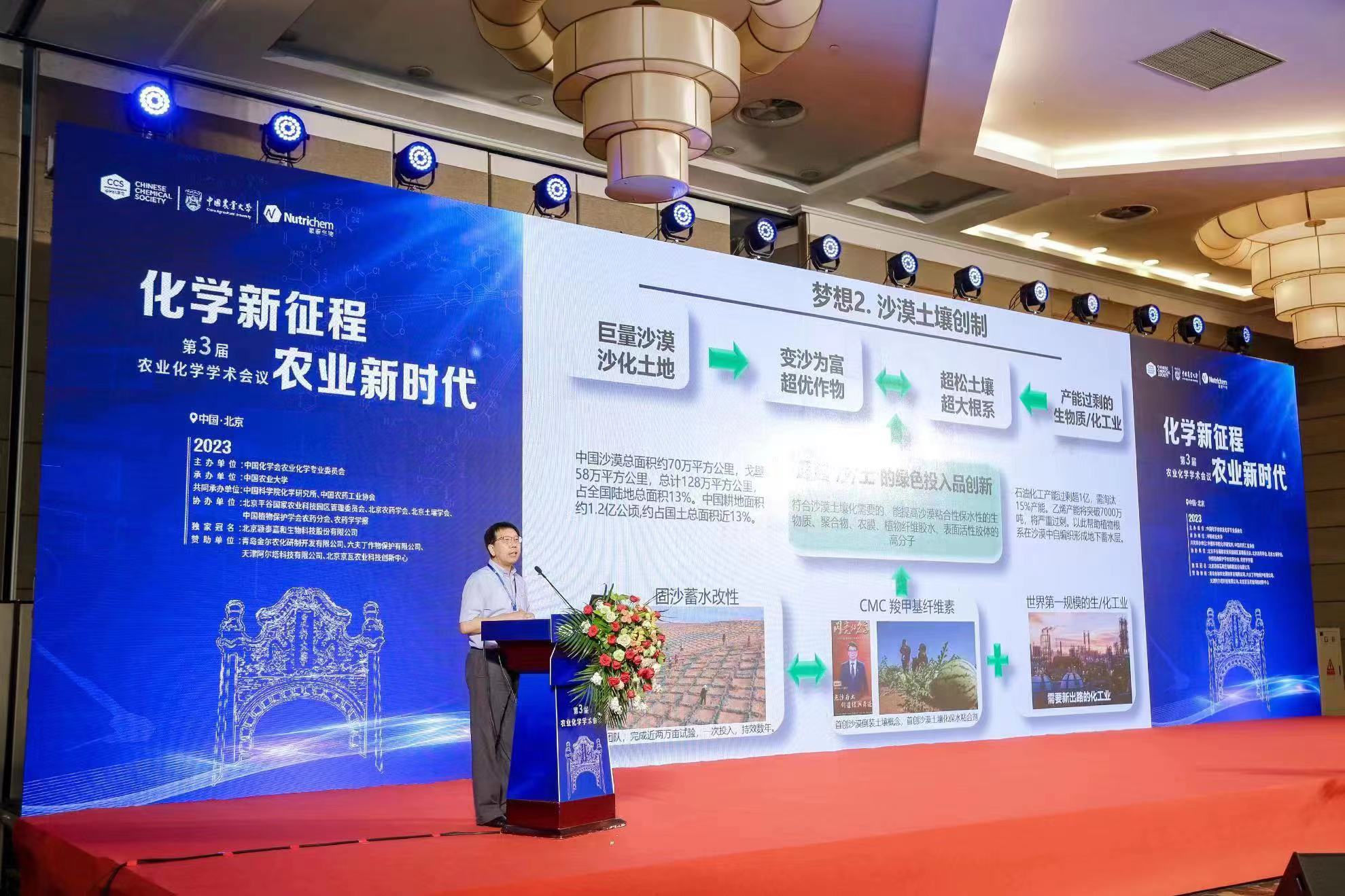
Academician Qian Xuhong announces “Five Dreams” for agrochemical innovation at Agrochem 2023
The Agrochem 2023 of the Chinese Chemistry Society opened in Beijing on August 29th. Prof. Qian Xuhong, President of ECNU, Agrochem 2023 Chairman, Academician of the Chinese Academy of Engineering, Editor-in-chief of Chinese Chemical Letters and Director of Agrochemical Committee of CCS delivered an opening speech where he elaborated about “Qian’s Dreams” of “Agrochemical Innovation for Prosperity and National Strength”.
Prof. Qian began his speech by introducing K. Barry Sharpless, a two-time Nobel laureate in Chemistry. Sharpless is known for his appreciation and understanding of Lao Tzu's idea of “the use of what has no substantive existence”.
Prof. Qian also encouraged the participants and colleagues in agrochemistry to integrate the cutting-edge science with the philosophical wisdom of Lao Tzu, such as“turn the foul and rotten into the rare and ethereal.”
He emphasized the importance of using dreams in this philosophy. Dreams can drive advancements in the discipline, while fostering a sense of professional pride and innovation that would contribute to industrial upgrades and transformation, national wealth growth, ecological improvement, and national well-being.
This philosophy could also play a pivotal role in ensuring food security, food safety, and green and sustainable development of agriculture, chemistry, and chemical engineering.
Within just ten minutes, he passionately described the five dreams for agrochemical innovation: Vertical Urban Agriculture, Desert Soil Creation, Mutual Benefit and Transformation in Tobacco, Marine Green Pesticides and Sulfur Mineralization of Heavy Metal.
Dream 1: Vertical Urban Agriculture
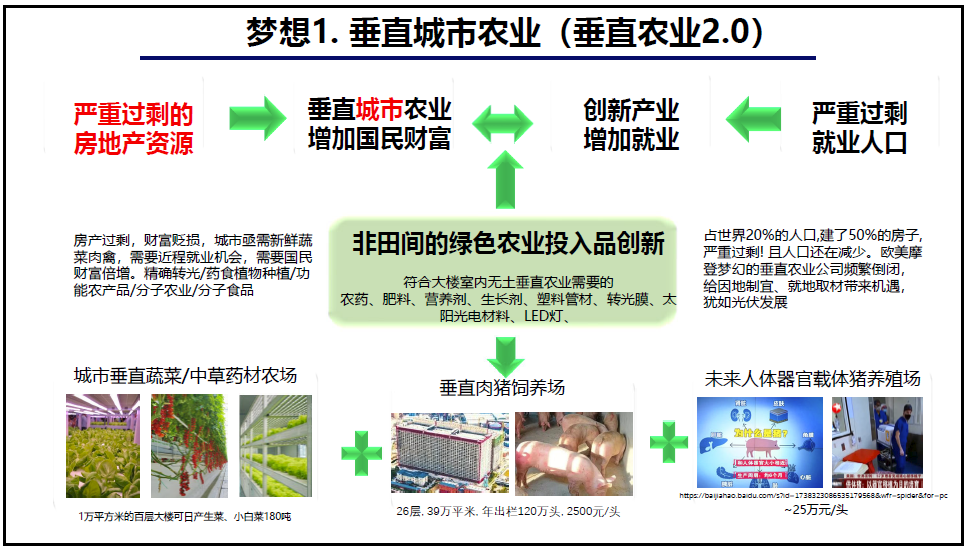
According to Prof. Qian, there’s a serious surplus of real estate in China, with a large number of unemployed individuals, and the urgent demand for fresh vegetables, meats, and poultry in the cities, the people’s need for local employment opportunities, the challenges faced by expensive and luxurious vertical agriculture 1.0 in western countries all inspire us to consider the possibility to “turn the foul and rotten into the rare and ethereal”.
By utilizing this surplus of real estate resources, and adapting to the local conditions, we can establish a cost-effective and high-quality vertical agriculture 2.0, also known as “Vertical Urban Agriculture”. This innovative approach can contribute to industry growth and boost employment opportunities. The core businesses would include vertical urban vegetable/herb farms, vertical hog farms, and human organ carrier pig farms.
The innovation in off-farm, indoor green agricultural inputs will become a crucial factor, which includes light-conversion films, pesticides, fertilizers, nutrients, growth regulators, plastic tubing and more. These attempts have the potential to create new innovations in the field of agrochemicals, such as the “photovoltaic industry”.
Dream 2: Desert Soil Creation
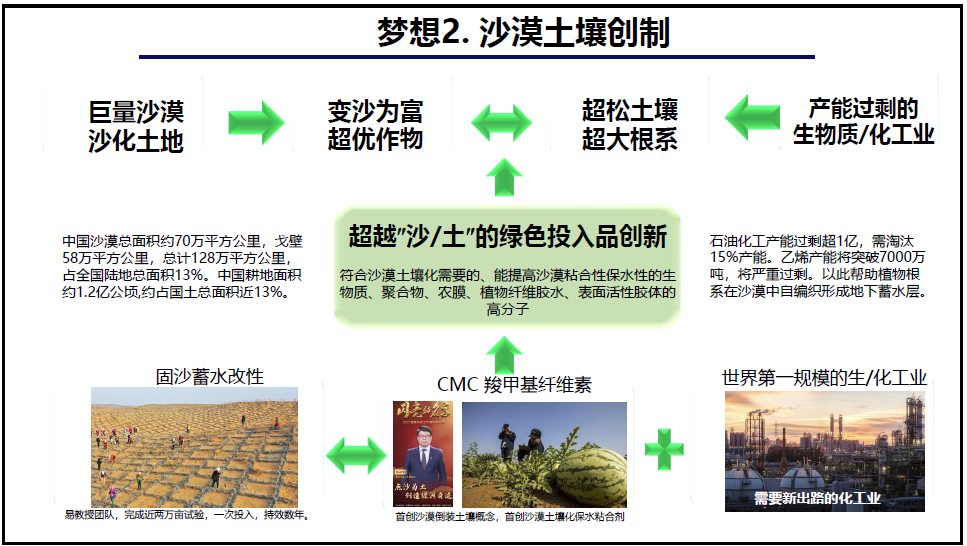
In China, arable land is scarce, with agricultural land only accounting for about 13% of the total area, while deserts account for about 13% of the territory. By successfully converting a substantial portion of this desert soil into arable land, it has the potential to double the country’s national wealth. This will significantly enhance the green carbon reduction effects.
Prof. Yi Zhijian and his team have innovatively utilized carboxymethyl cellulose and other water-retaining adhesives to create a “sandy soil”. This soil exhibits a unique “inverted” mechanical structure, where it is compacted on top and loose below. This innovation allows for the significant enlargement and self-generation of crop root systems, resulting in remarkably high crop yield and quality. They have successfully conducted experiments on soil transformation covering an area of 20,000 mu in desert regions.
According to this desert soil transformation process, our researchers can develop more desert adhesive water retainers, agricultural films, plant-based adhesive solutions, and other environmentally friendly inputs. Considering the surplus capacity in the petrochemical industry, transitioning to the production of a large quantity of biomass-based or environmentally friendly green inputs is feasible and can enable them to achieve greater scale and development.
Dream 3: Mutual Benefit and Transformation in Tobacco
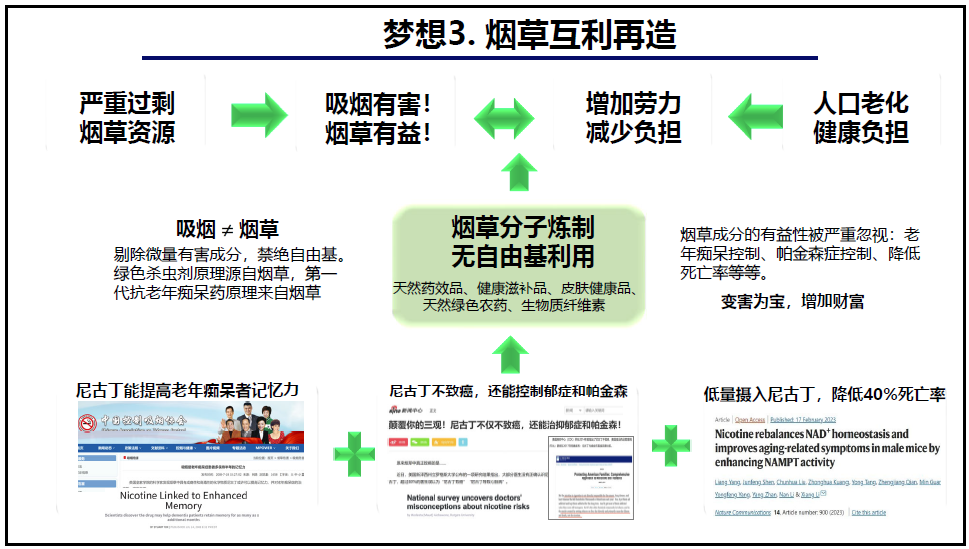
Given that smoking is harmful, there will be a gradual oversupply of tobacco resources for traditional uses, which will affect the income of people in tobacco-growing regions.
While stressing that smoking is harmful, we must also have a clear understanding that tobacco may have potential benefits.
Tobacco is a treasure trove of natural plant molecules. The harm of smoking lies in the way it is burned, by which the free radicals and tars generate high temperatures. In fact, the nicotine found in natural tobacco is not only non-carcinogenic, but also a natural pesticide. For example, nicotine has been shown to have certain benefits, such as controlling depression and Parkinson’s disease, enhancing memory in elderly dementia patients, and reducing mortality rates. The first generation of anti-dementia drugs was developed based on the mechanism of nicotine.
Due to China’s aging population, the burden of disease is becoming more important, and there is an opportunity to refine and recombine tobacco molecules, as well as comprehensively utilize them in a way that moves away from free radical-based consumption. This transformation can lead to the creation of beneficial tobacco-based uses, such as natural medicinal products, health supplements, skincare products, natural green pesticides, biomass cellulose, etc.
Dream 4: Marine Green Pesticides
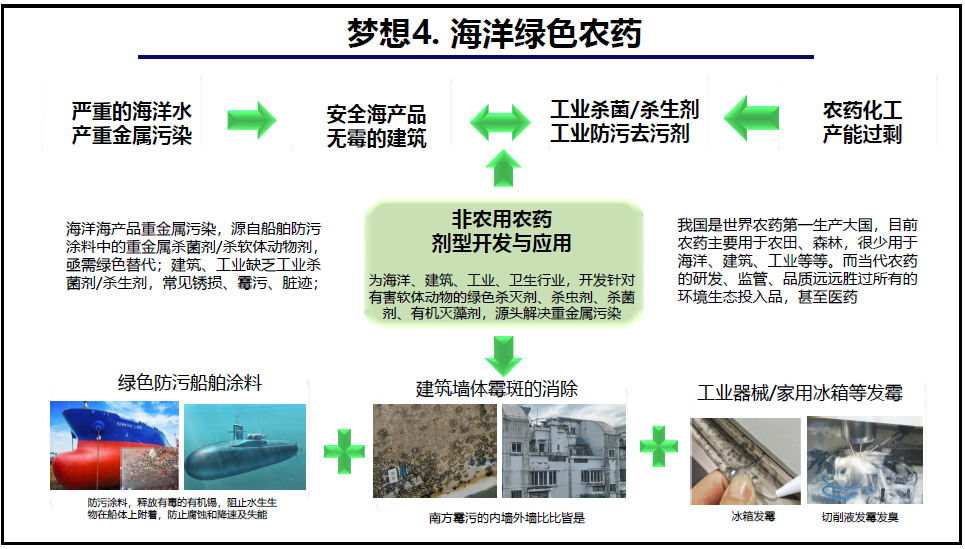
The heavy metal contamination of oceans and seafood is predominantly caused by heavy metal-containing industrial biocides, fungicides, molluscicides, and algaecides used in anti-fouling paints on ships, vessels, submarines, and pipelines, while modern pesticides have long achieved green efficiency and environmental friendliness, making them a potential primary tool for addressing the issue of heavy metal pollution in the ocean.
In addition, mildew elimination from internal and external walls of buildings and industrial machinery/household refrigerators requires new green industrial fungicides and biocides generated from green pesticides.
China is the largest producer and user of pesticides in the world, with a surplus production capacity. Therefore, we can redirect this capacity towards non-agricultural purposes, focusing on innovative development and applications of pesticide formulations. This can open up new possibilities for the green development of marine, construction, industrial, and sanitary sectors.
Dream 5: Sulfur Mineralization of Heavy Metal
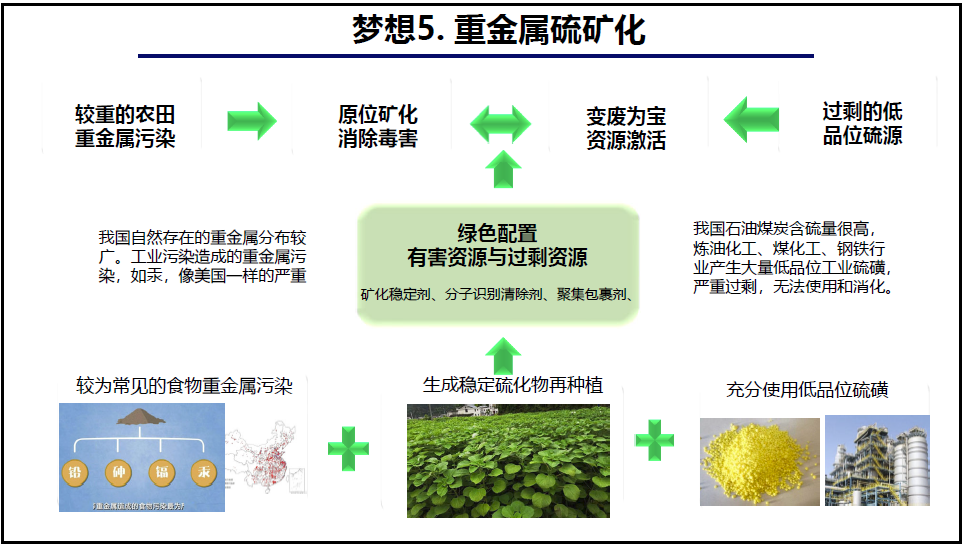
In some of China’s regions, there is a severe heavy metal pollution in farmland, while petroleum and coal spread high sulfur content in those areas. Industries such as oil refining, coal chemical, and steel production generate large quantities of low-grade industrial sulfur that cannot be readily used and digested, leading to significant surplus. Through the green allocation of these unused resources, the long-term stable heavy metal sulfur can be generated and mineralized, and heavy metal pollution in agriculture and low-grade sulfur resource utilization in industry are likely to be well solved, so as to eliminate poison, turn waste into valuable resources, and activate underutilized resources.
Mineralization stabilizers, molecular recognition removal agents, and aggregating and encapsulating agents that are made from heavy metal via sulfur mineralization are all part of this research and development endeavor in the agrochemical industry of China.
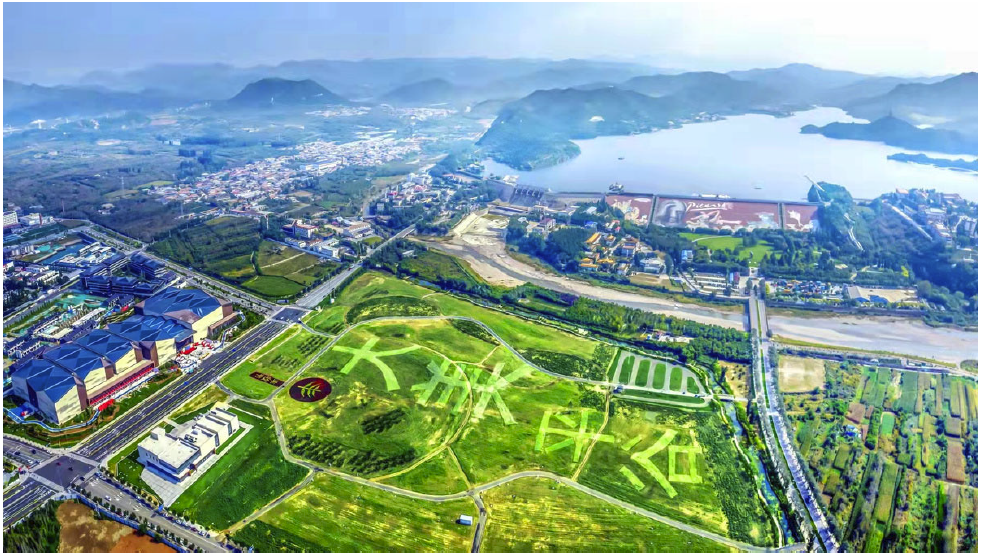
China’s First Dream Park for Future Agriculture, Agricultural Zhongguancun (Pinggu District, Beijing)
Prof. Qian Xuhong believes that researchers in the field of chemistry and chemical engineering should aspire to become “magicians” and “dreamers” who can solve social and industrial problems and promote the professional development of disciplines. In response to the significant needs of the nation and society, they should follow the existing policies, focus on key areas such as agricultural green inputs, agricultural waste resource conversion, and utilization, surface pollution prevention and control, heavy metal pollution prevention and control, etc., and ignite their personal dreams. In doing so, they can carry the hope of chemistry and ultimately contribute to the prosperity and strength of the nation.
He also specifically mentioned the “Agricultural Zhongguancun” in Beijing’s Pinggu District, referring to it as “China’s First Dream Park for Future Agriculture”. He encouraged everyone to visit the park, embark on entrepreneurial endeavors, and establish roots in this innovative hub.
Copy editor: Melody Zhang, Mayfield Joshua Monroe
Editor: Yvaine Lyu
